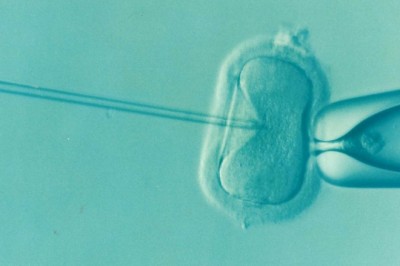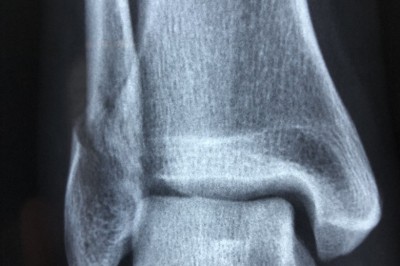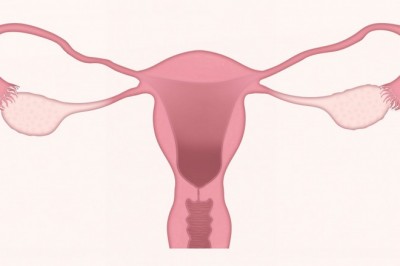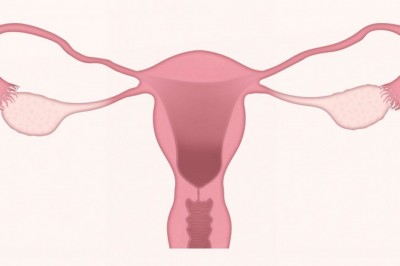What Is Done to the Fallopian Tubes in Tubal Ligation?
Tubal ligation is the most used form of permanent birth control. At least, most women think it is permanent. In this procedure, the fallopian tubes are bound up in some manner creating a tubal blockage in each tube. This prevents the sperm from reaching the egg as it begins its journey down the tubes. No meeting means no fertilization which means no pregnancy.
Presently, the most used forms of tubal ligation is done by a surgical procedure. The surgeon will use ligatures and cutting, rings or clips, or coagulation (burning through electrical current) to create the blockage in the fallopian tubes.
There are different variations on the ligatures and cutting. In the Pomeroy method which was created about 100 years ago, first a section of each tube is folded up. In the absence of an illustration, imagine putting a bend into a section of hose. Then a ligature (think of it as a very thin piece of string) is tied below this bend very tightly and the folded up section of the tubes is cut away. The cut ends heal over and the ligature dissolves leaving a space between the two new pieces of each fallopian tube.
The Irving and Parkland methods are variations on this basic technique. Instead of doubling up the tubes, two ligatures are tied at two places along each tube. Then a cut is made (resection) to remove the part of the fallopian tube between the two ligatures. The ligatures used in this method are not absorbable. With the Irving technique, additional steps are taken to suture one end back behind the uterus and to bury the other end into the connective tissues that lay under the tubes.
A fimbriectomy another variation on the ligature and resection model. In this technique, the fimbrial end of the fallopian tubes is cut off. Without this end, the eggs released from the ovaries cannot be captured to send down the tubes. The cut end will scar over creating a blockage as well.
In the next basic method of tubal ligation, instead of applying ligatures and cutting away the tube, rings or clips will be applied. These will cut off the blood supply causing scarring to take place at the point where the rings or clips are applied. This scarring creates the blockage. The use of clips causes the least damage of any form of tubal ligation and can have a 76% success rate if a tubal reversal is performed should you change your mind.
The next form of tubal ligation done via surgery is coagulation. Special forceps which carry an electrical current are applied to the fallopian tubes usually in two to three places. This current will burn the tubes causing the blockage to prevent pregnancy. There are two types of coagulation, bi-polar and monopolar. Of the two, monopolar causes more damage which can be harder to repair. Thus, while tubal reversal of bi-polar can be 60%, with monopolar, it is only in the 40 - 50% range.
Next we have two methods of tubal ligation which do not involve surgery. This does not mean you will not be uncomfortable and you will be in some pain with the application. Application of these devices is through the cervix into the uterus and then implanted into the fallopian tubes, if everything goes well.
These two devices are the Essure and the Adiana. Each contains something called a matrix which induces a buildup of tissue within and around the devices. While the Adiana is placed fully into the fallopian tubes, the Essure sticks out into the uterus making is somewhat problematic if you should decide to pursue a pregnancy at a later point in time.
In addition, the Adiana makes use of radio frequency energy to "burn" away a layer of the tubes where the matrix seed will be implanted. Both of these devices only have a few years of use behind them and there are some anecdotal stories of problems. Please do your research before deciding upon one of these.
If you have read through the above descriptions of the tubal ligation methods, you will note a couple spots where I mention tubal reversal. Whereas you may have been told these methods of creating blockages within your fallopian tubes are permanent, they arent. If you decide you wish a pregnancy after tubal ligation, you do have two choices - IVF and tubal reversal. In case you do change your mind, one of these options will no doubt be the best for you.
To pursue the tubal ligation reversal option, please visit http://www.tubal-reversal.net/ and learn more. The damage to your fallopian tubes can be fixed and tubal reversal does provide a better chance of a successful outcome than IVF.

























